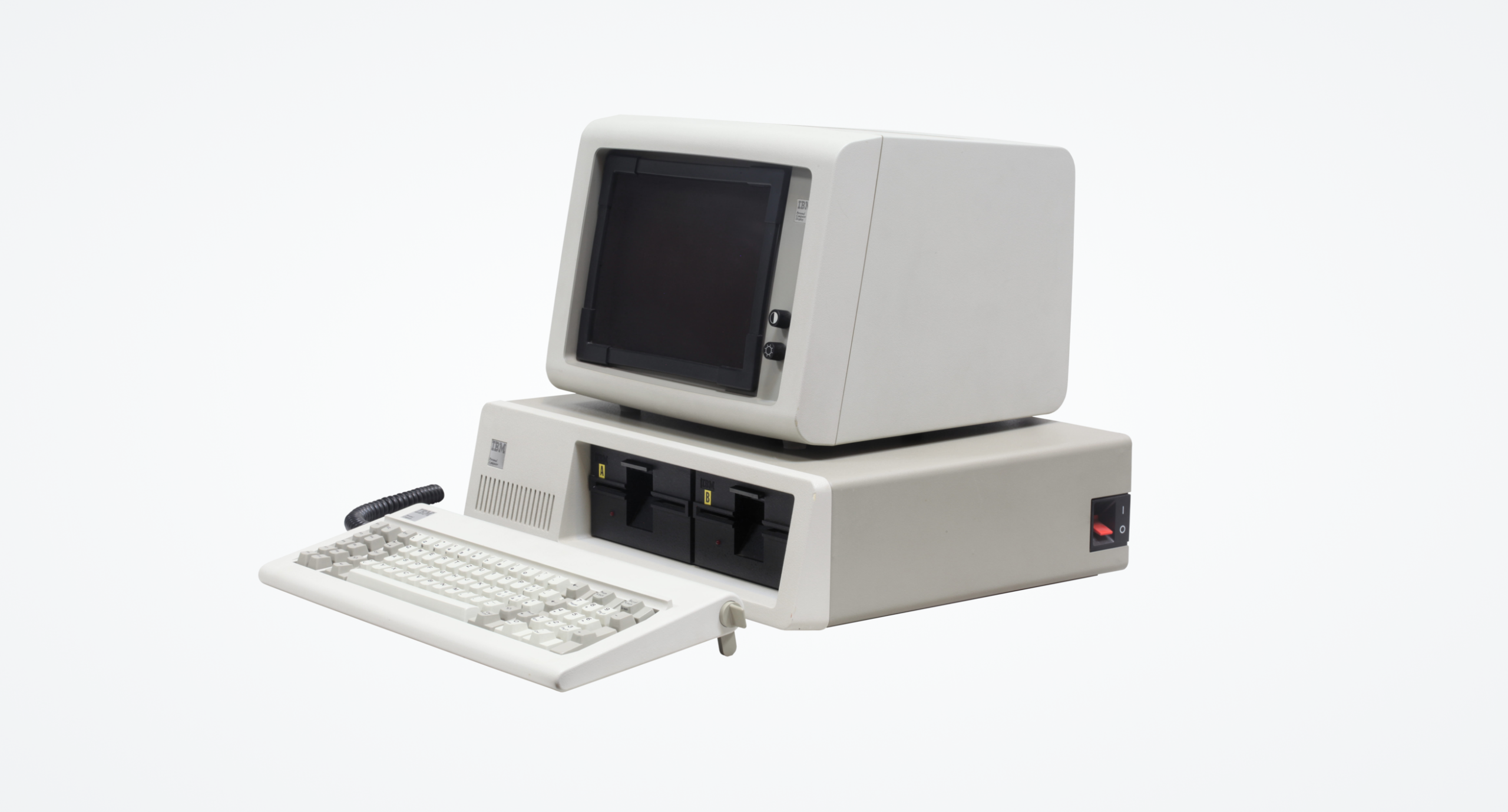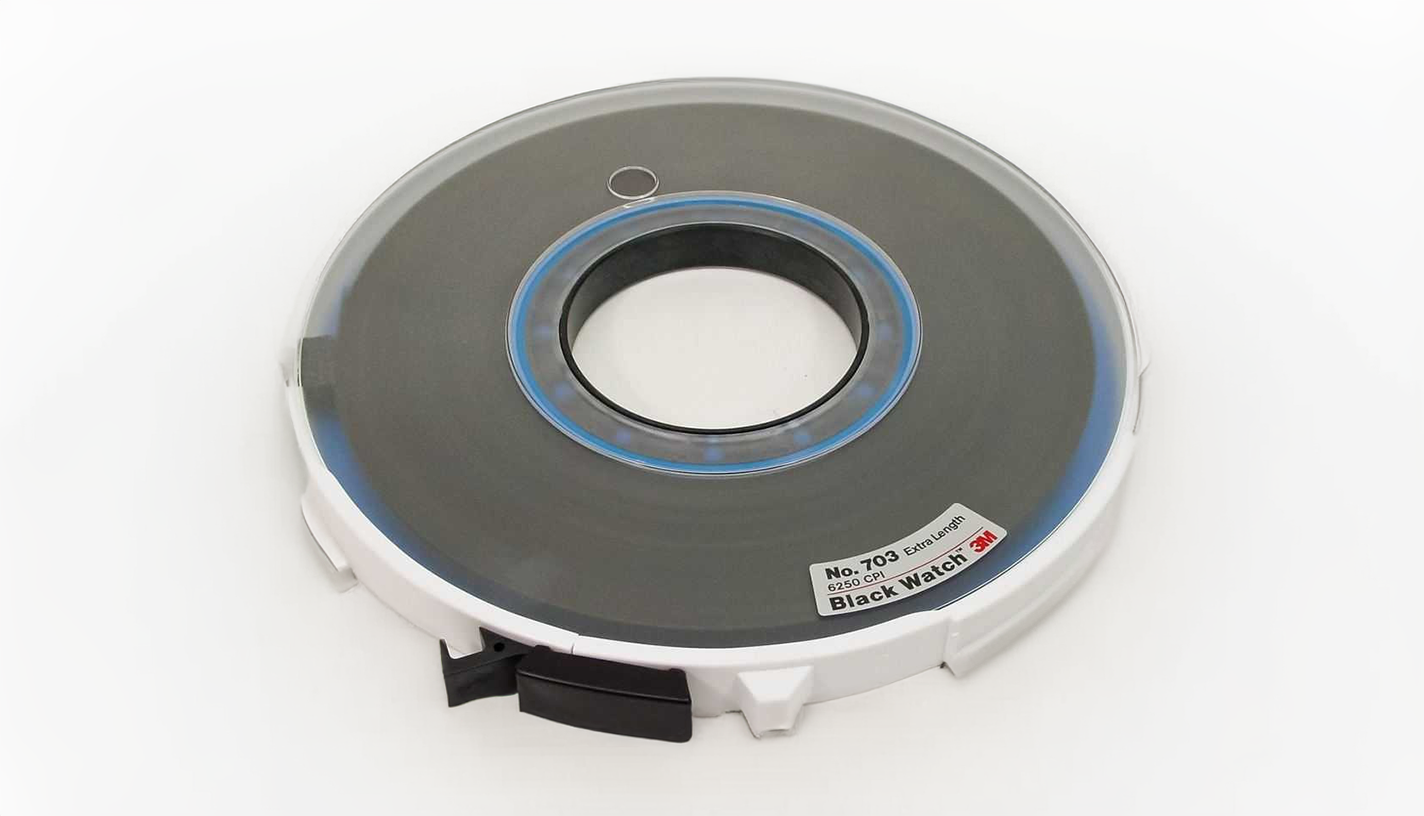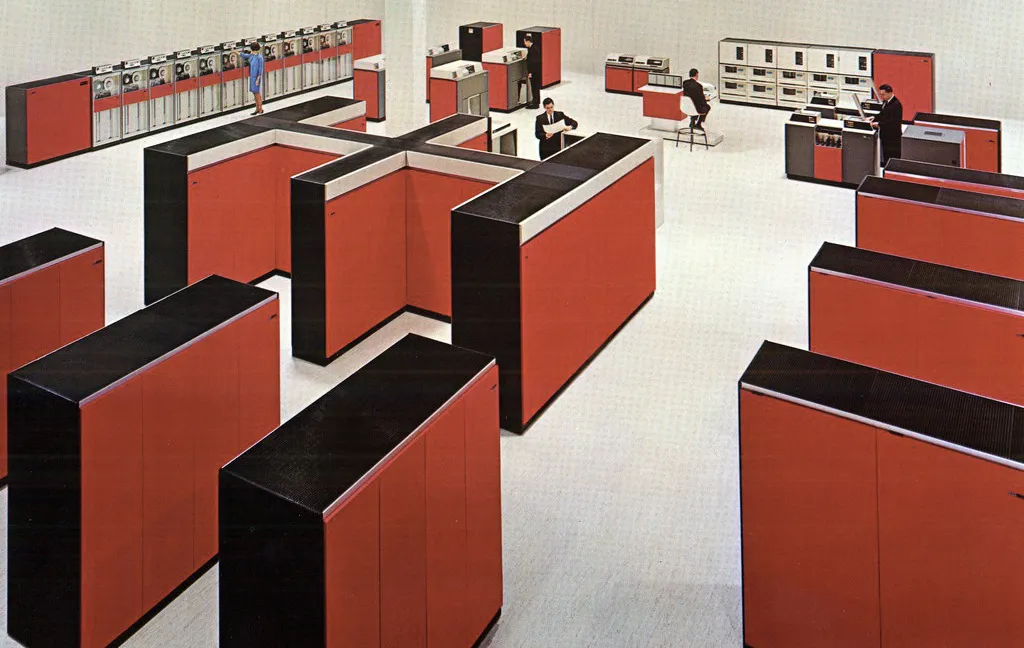Working in a Computer Centre that was constrained by financial capital but had oodles of computing human capital, the arrival of the PC represented the dawn of an era of unparalleled innovation and development. We were a tiny shop, taking advantage of this new capability… but it was happening all over the globe and computing was changing forever, and it was exciting just being a small part of the change.
The PC Arrives
In 1985 the standard desk in the Computer Centre at Swinburne was ‘very standard’… despite being an IBM/Facom shop, very few people had 3270 terminals, most of us had a serial terminal (probably Wyse), and that would be complemented by a paper notepad, a decadic dialling phone (with a handset cord that would tangle if you looked at it) and of course an ashtray for the smokers (yes, that was a thing in 1985). Into this environment landed the IBM PC-1.
Personal Computing
We were a little late in receiving this remarkable new device, but it was revolutionary nonetheless. Complete with an 8088 8-bit processor, 256Kb of RAM, one 5.25” (properly) floppy disk drive, a monochrome monitor and of course PC-DOS (yes, before it changed to MS-DOS). I was lucky enough to be the second person in the team to get a new PC, and my journey with personal computers had begun.
To say there wasn’t a lot you could do with the initial system would be an understatement, it wasn’t shipped with a swag of productivity improving applications – but it did come with an assembler and linker, so everything I needed in effect.
Finding a problem to solve
For context, it would be fair to say that the Swinburne Computer Centre ‘ran on the smell of an oily rag’… and this impacted the resources that the team had to work with. I was lucky to be in the team of Systems Programmers, where we all had desktop computing access. The Application Programming team were not so lucky, and so there was the odd shared device, but most of their work was completed using Cobol coding sheets. Those sheets were then sent down to the card punch operator, who would enter them into the card punch machine, then the deck of cards would be taken to the punch card reader in the machine room… not quite as efficient as the modern IDEs we all expect to use now.
So my first programming task on the PC was to replace the card punch machine… yes, writing an editor for the Application Programmers would have been a quantum leap forward, but we were taking baby steps. Besides, decommissioning the card punch machine would liberate enough office space for six people, the thing was massive!
This entailed writing an editor that had a single entry line, and showed 24 lines of code (80 columns of course), where you had to control the shape and position of the cursor in assembler directly. Then the file was saved to a floppy drive and a series of convoluted commands followed to ‘upload’ the file to the mainframe.
The future revealed
All sounds pretty basic now, but this PC had just decommissioned two significant mainframe data entry devices and in so doing, provided a glimpse of what was possible.
From a personal perspective, it gave me the opportunity to build a complete system for the first time, with well defined requirements and a new technology stack to challenge the status quo. What it really afforded me was:
- The opportunity to consider software/system design from first principles, where I didn’t just replace the card punch machine function, but challenged assumptions and designed a solution that optimised the interface for Operator efficiency.
- The ability to decompose the problem into manageable chunks of functionality, and then build the system up in a layered approach, abstracting the development of the User Interface from the nuances of interacting with the system features and limitations.
- The experience of on-demand computing… gone were the days of submitting a job for assembling and linking on the mainframe and going for a coffee – the PC was revolutionary, with all of the available computing power dedicated to my needs!
The speed of evolution of the platform was breathtaking from PC to XT (including a 10Mb hard drive!), then AT (30Mb hard drive, 3Mb of RAM!! and CGA – colour graphics adaptor), and of course we transitioned from PC-DOS to MS-DOS along the way and a software titan was born. (again for context, at the time we used to look at global share prices and market capitalisation in the broad sheets – the largest company in the world was Exxon, then came IBM and then came fresh air… there was nothing close to these two – it was unimaginable that IBM would ever be overtaken).
Deliver benefit, cost effectively
From a career perspective, the things that have persisted from this period are:
- Understanding the problem to be solved, challenging the status quo and ensuring the solution delivered is fit for purpose and creates business capability uplift.
- Establishing a vision for a product, then decomposing the solution into manageable chunks for efficient and effective delivery.
But I was still an MVS Systems Programmer and this new PC was just a distraction… or was it?



